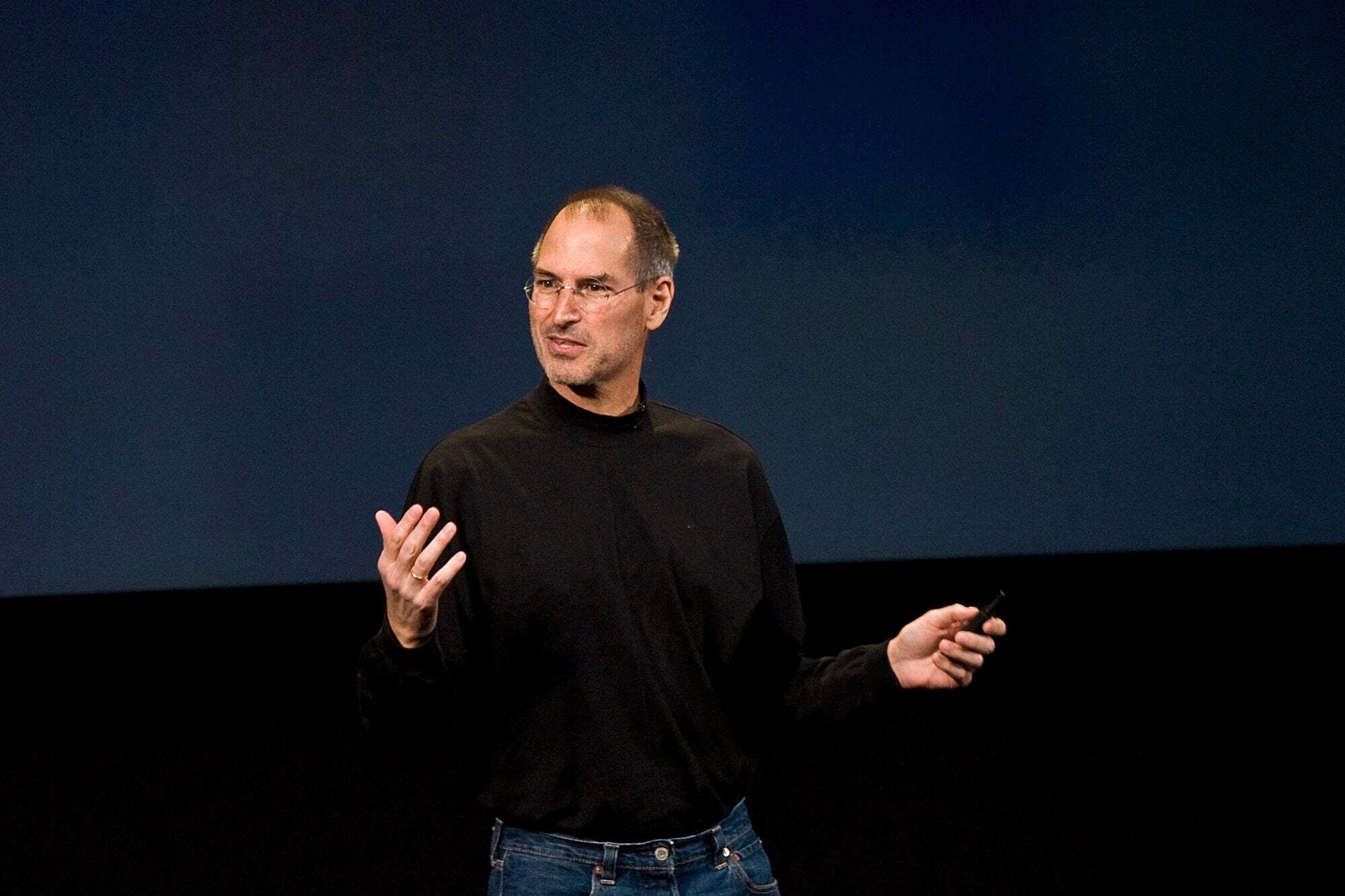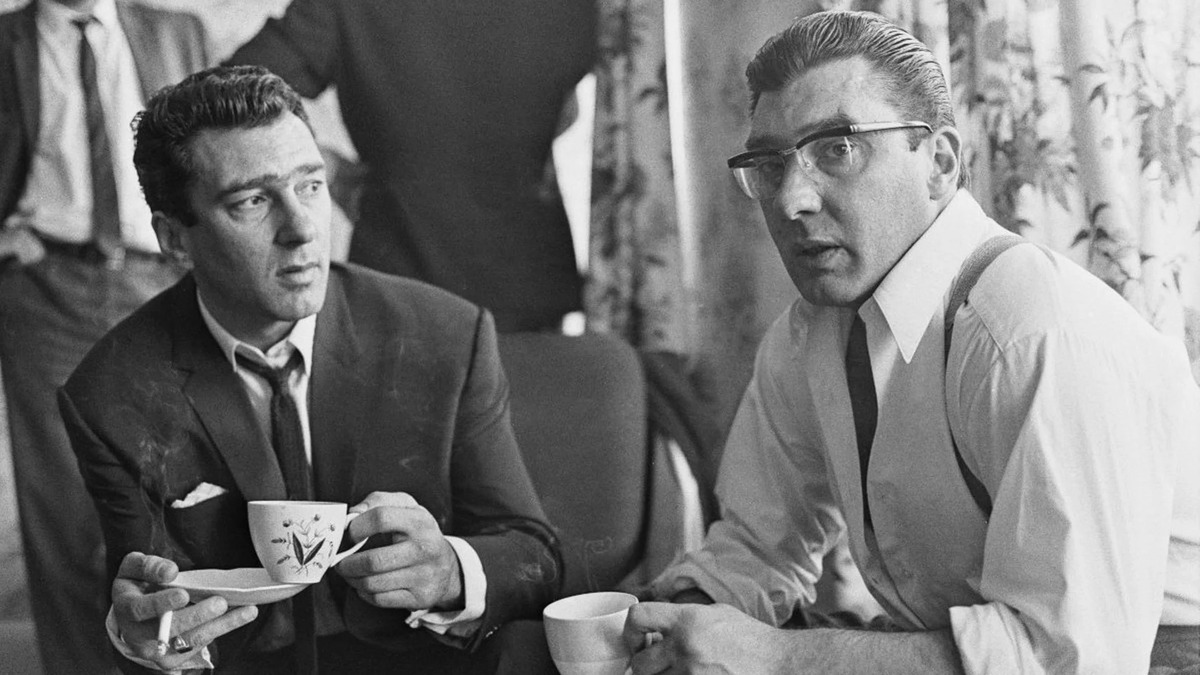
Steve Jobs, the co-founder of Apple Inc., remains one of the most influential figures in technology. Born on February 24, 1955, in San Francisco, Jobs was adopted by Paul and Clara Jobs. Despite dropping out of Reed College, his passion for innovation never waned. Jobs' journey from a garage startup to leading Apple to become a tech giant is legendary. His creations, like the iPhone, iPod, and Macintosh, revolutionized personal computing, music, and communication. What made Steve Jobs such a visionary? His relentless pursuit of perfection, unique design philosophy, and ability to foresee market trends set him apart. Dive into these 35 facts to understand the man behind the myth.
Key Takeaways:
- Steve Jobs' early struggles and unique educational journey shaped his future, influencing Apple's design philosophy and revolutionizing personal computing.
- Jobs' versatile ventures beyond Apple, his personal struggles, and his lasting impact on various industries continue to inspire countless individuals worldwide.
Early Life and Education
Steve Jobs' journey began with humble beginnings and a unique educational path that shaped his future.
-
Birth and Early Life: Born on February 24, 1955, in San Francisco, California, Steve Jobs was adopted by Paul and Clara Jobs. This adoption played a significant role in his life, influencing his later decisions and relationships.
-
Education: Jobs attended Reed College in Portland, Oregon, but dropped out after one semester. Despite this, he continued to audit classes, including calligraphy, which later influenced Apple's design philosophy.
-
Early Career: At 12, Jobs asked William Hewlett, co-founder of Hewlett-Packard, for parts to complete a school project. Hewlett offered him an internship, marking the start of his tech career.
The Birth of Apple
Steve Jobs' partnership with Steve Wozniak and the founding of Apple Inc. revolutionized personal computing.
-
Meeting Steve Wozniak: Jobs met Wozniak in high school when Jobs was 13 and Wozniak was 18. Their friendship and shared interest in electronics laid the groundwork for Apple.
-
Founding Apple: In 1976, Jobs and Wozniak co-founded Apple in Jobs' parents' garage. Their first product, the Apple I, was hand-built by Wozniak.
-
Apple II: Introduced in 1977, the Apple II was one of the first highly successful mass-produced microcomputers, known for its user-friendly design.
Innovations and Challenges
Jobs' vision led to groundbreaking products, but not without facing significant challenges.
-
Apple Lisa: In 1983, Apple introduced the Apple Lisa, named after Jobs' daughter. Though not commercially successful, it paved the way for the Macintosh.
-
Macintosh: Launched in 1984, the Macintosh was the first mass-produced computer with a graphical user interface, revolutionizing personal computing.
-
Departure from Apple: In 1985, Jobs was forced out of Apple due to management disagreements. He then founded NeXT, focusing on high-performance workstations.
NeXT and Pixar
Jobs' ventures beyond Apple showcased his versatility and vision.
-
NeXT: Founded in 1985, NeXT aimed to create high-performance workstations for education and business. Though not commercially successful, it influenced the development of Mac OS X.
-
Pixar: In 1986, Jobs purchased Pixar Animation Studios for $10 million. Under his leadership, Pixar created iconic films like "Toy Story" and "Monsters, Inc."
-
Disney Acquisition: In 2006, Disney acquired Pixar, making Jobs one of Disney's largest shareholders and a board member.
Return to Apple and the Rise of Iconic Products
Jobs' return to Apple marked a period of innovation and success.
-
Return to Apple: In 1996, Apple acquired NeXT, bringing Jobs back to the company. He became interim CEO in 1997.
-
iMac: Under Jobs' leadership, Apple introduced the iMac in 1998, a sleek all-in-one desktop that revitalized Apple's brand.
-
iPod: Launched in 2001, the iPod revolutionized the music industry and played a key role in Apple's resurgence.
-
iTunes Store: In 2003, Apple launched the iTunes Store, allowing users to purchase and download music directly to their iPods.
-
iPhone: Unveiled in 2007, the iPhone combined a mobile phone, iPod, and internet device, transforming the smartphone market.
Personal Life and Health
Jobs' personal life and health struggles were as notable as his professional achievements.
-
Health Issues: Diagnosed with pancreatic cancer in 2003, Jobs initially sought alternative therapies. He underwent a liver transplant in 2009.
-
Philanthropy: Despite his wealth, Jobs was not known for philanthropy. He did donate $50 million to Stanford hospital but declined to sign The Giving Pledge.
-
Personal Style: Jobs was famous for his minimalist style, often wearing a black turtleneck, jeans, and sneakers daily.
-
Family Life: Jobs had four children: Lisa Brennan-Jobs with Chrisann Brennan, and Reed, Erin, and Eve with Laurene Powell. He was known to be a demanding father.
-
Biological Family: Jobs discovered his biological parents and sister later in life. His sister, Mona Simpson, is a novelist.
Legacy and Impact
Jobs' legacy extends beyond his lifetime, influencing various industries and inspiring countless individuals.
-
Patents: Jobs held over 300 patents, including designs for speakers, packages, and phones. He received the patent for the Mac OS X Dock user interface the day before he died.
-
Investments: Jobs made shrewd investments, including buying black turtlenecks from St. Croix and owning a private Gulfstream V jet.
-
Favorite Foods: A vegan since his teens, Jobs' favorite vegetable was the carrot. He admired German engineering, particularly Porsche and Mercedes.
-
Favorite Musician: Jobs' favorite musician was Bob Dylan. He also dated folk singer Joan Baez and considered running for Governor of California.
-
LSD Experience: Jobs tried LSD and believed it was one of the most important things he had done, influencing his creativity.
-
Apple Corps Lawsuit: In 2003, Apple Corps, the Beatles' record company, sued Apple Inc. over the apple logo. The suit was settled in 2007.
-
Disney's Largest Shareholder: After Disney acquired Pixar, Jobs became one of Disney's largest shareholders, earning about $48 million per year from Disney shares.
-
Dyslexia: Jobs was dyslexic, which he believed helped him think creatively. He was also known for poor hygiene and parking in handicapped spaces.
-
Entrepreneurial Spirit: Jobs worked at Atari in 1976 and was fired from Apple in 1985. He considered starting a rival company against Michael Dell.
-
Legacy: Jobs transformed seven industries: personal computing, animated movies, music, phones, tablet computing, retail stores, and digital publishing.
-
Awards and Recognition: Jobs received numerous awards, including the Presidential Medal of Freedom in 2022.
-
Impact on Apple: Under Jobs' leadership, Apple became the most valuable company in the world, with its stock soaring over 7,000% since his return in 1996.
-
Death and Legacy: Jobs passed away on October 5, 2011, at 56. His death was met with widespread grief and tributes, cementing his place as one of America's greatest innovators.
Steve Jobs' Lasting Impact
Steve Jobs' influence on technology and culture is undeniable. From co-founding Apple in a garage to introducing groundbreaking products like the iPhone and iPod, his vision reshaped multiple industries. Jobs' journey wasn't without challenges, including his departure from Apple and his battle with pancreatic cancer. Yet, his return to Apple marked a period of innovation that solidified the company's status as a tech giant. Beyond tech, his work with Pixar revolutionized animation, bringing beloved films to life. Jobs' minimalist style, entrepreneurial spirit, and relentless pursuit of excellence continue to inspire. Though he wasn't known for philanthropy, his contributions to technology and entertainment have left a lasting legacy. Steve Jobs' story is a testament to the power of creativity, perseverance, and thinking differently. His legacy lives on, influencing future generations of innovators and dreamers.
Frequently Asked Questions
Was this page helpful?
Our commitment to delivering trustworthy and engaging content is at the heart of what we do. Each fact on our site is contributed by real users like you, bringing a wealth of diverse insights and information. To ensure the highest standards of accuracy and reliability, our dedicated editors meticulously review each submission. This process guarantees that the facts we share are not only fascinating but also credible. Trust in our commitment to quality and authenticity as you explore and learn with us.


